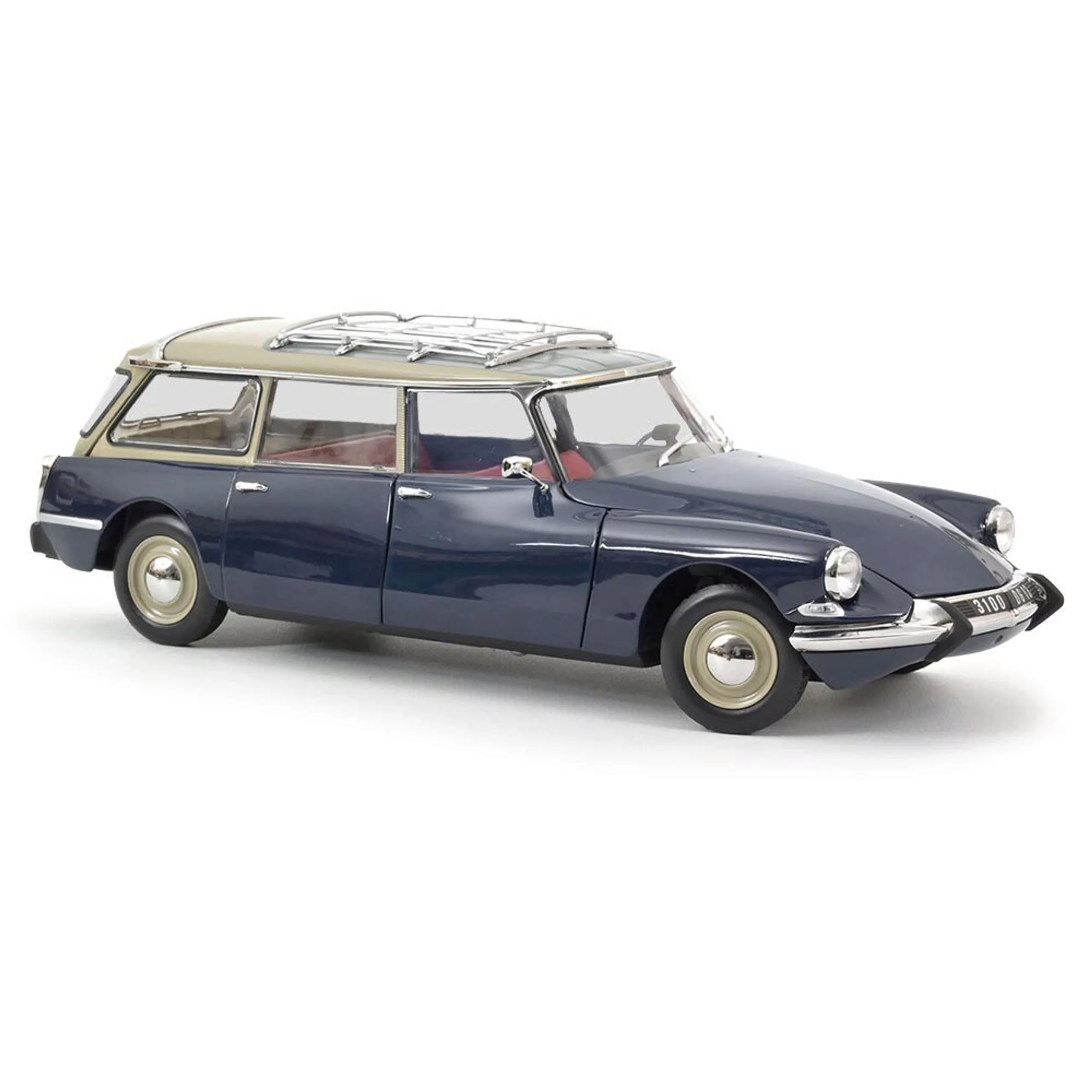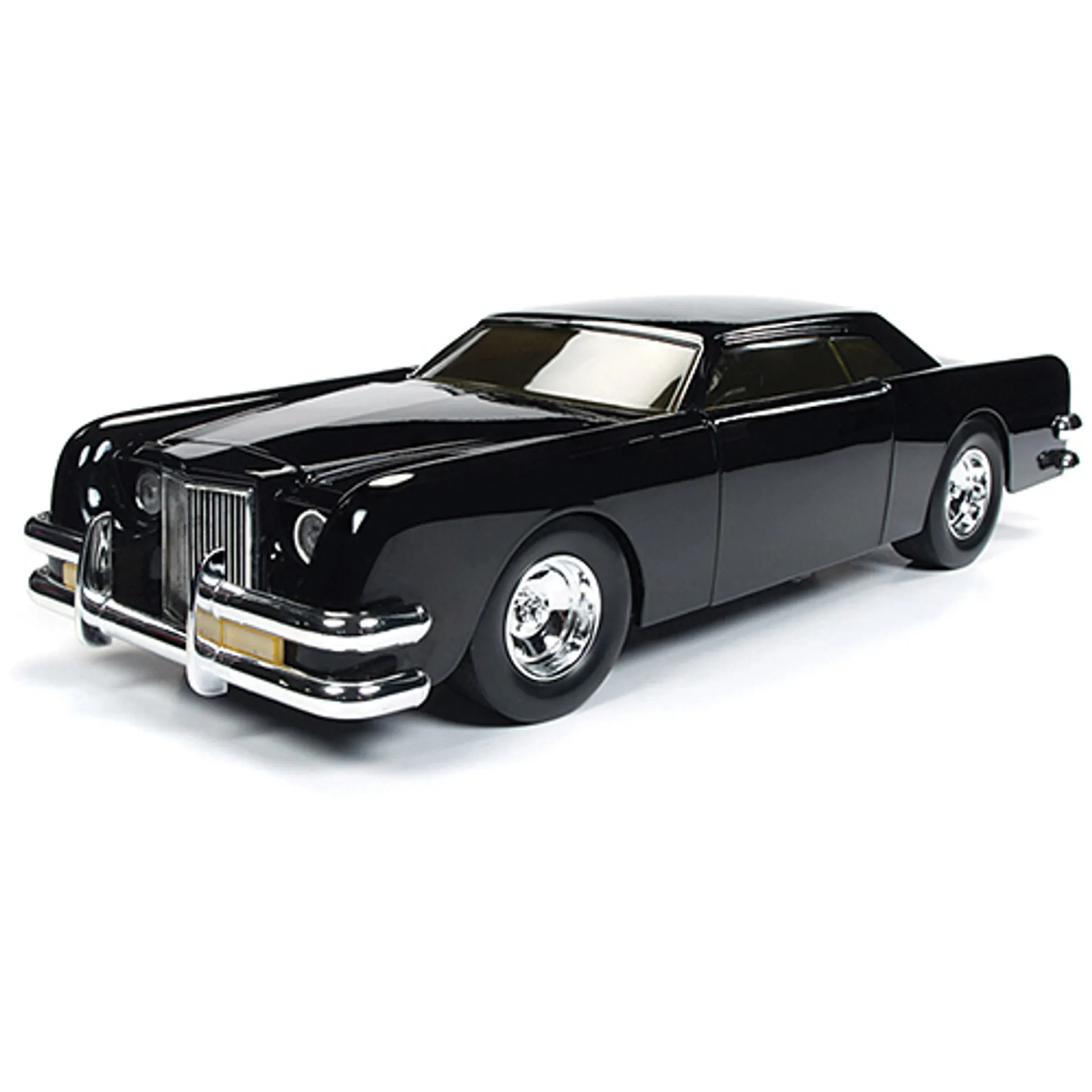Embarking on the journey of assembling a diecast car kit is a rewarding experience, blending the joy of creation with the satisfaction of owning a meticulously crafted model. This guide provides a simplified, step-by-step approach to help you navigate the world of diecast car kit assembly. Whether you’re a seasoned hobbyist or a beginner, understanding the fundamental steps involved in building a diecast car kit will make the process enjoyable and fulfilling. With the right approach, your dream car model is within reach, ready to be displayed and admired. Let’s dive into the world of diecast car kits and start building!
Diecast Car Kit Assembly: An Overview
The assembly of a diecast car kit is a multi-stage process. It begins with preparation, involving the organization of parts and tools, and continues through the detailed assembly of the car’s body, chassis, and interior components. The final stages involve adding details such as wheels, tires, decals, and any other specific features of your model. A basic understanding of the different parts of a diecast car and their respective roles is essential. This overview will provide a foundational understanding of the necessary steps, setting the stage for a smooth and enjoyable assembly experience, ultimately leading to a finished model you can be proud of. The key is patience, attention to detail, and a little bit of patience, as you build your dream model car.
Tools and Materials Needed
Before starting any diecast car kit, it’s essential to gather the necessary tools and materials. Having the right equipment ensures a smoother assembly process and enhances the final result. You’ll need a well-lit workspace, preferably one with good ventilation, to avoid inhaling fumes from glues and paints. A comfortable workspace, clear of distractions, is important. Consider a self-healing cutting mat to protect your work surface. Proper tools are necessary, so let’s assemble them first.
Essential Tools for Assembly

Several tools are critical for assembling diecast car kits. A hobby knife with sharp blades is essential for removing parts from sprues and trimming excess plastic. Tweezers are invaluable for handling small parts, such as decals or delicate interior pieces. A set of small screwdrivers, both flathead and Phillips head, will be needed for various screws. Additionally, a variety of files and sandpaper are useful for smoothing rough edges and preparing surfaces for painting or gluing. Having these essential tools at hand ensures you’re well-equipped to handle any challenges during the assembly process. Don’t forget a magnifying glass to look at the detail parts!
Materials Required for Diecast Kits
Beyond tools, the right materials are crucial. High-quality plastic model cement or super glue is needed for bonding plastic parts. For painting, you might need model paints, thinners, brushes, and an airbrush (optional but recommended for professional results). Decal setting solutions are recommended to ensure decals adhere smoothly to the model surface. Additionally, you’ll want to have some masking tape for painting multiple colors. These materials will ensure that the various pieces of your diecast car kit assemble correctly, providing a professional finish.
Step 1 Preparation and Planning
Before beginning the assembly process, meticulous preparation is key. Careful preparation will save time and prevent problems. This step sets the foundation for a successful build. This involves carefully examining the kit’s components, organizing the parts, and familiarizing yourself with the instructions. Taking the time to prepare properly will make the entire build process significantly smoother and more enjoyable. It’s all about setting yourself up for success right from the start. This detailed approach helps ensure that every aspect of the build is properly executed.
Unboxing and Inventory Check

Upon receiving your diecast car kit, the first step is to carefully unbox it. Inspect each component for any damage. Compare the parts against the parts list included in the instructions to ensure everything is present. Organize the parts. This inventory check helps to identify any missing or damaged pieces early on, allowing you to address any issues before you begin the assembly. Laying out all the parts will save you from looking for pieces later. This proactive step will save frustration down the road.
Reading the Instructions
The assembly instructions are your guide. Before starting, read through the instructions carefully. Understand the sequence of assembly steps. Pay close attention to any specific details. Visualize the build process. Instructions provide the roadmap and are essential to the completion of your diecast car kit. Make notes or highlight important steps to prevent errors. Most of all, understanding the instructions is the first and perhaps most important step to your project.
Step 2 Assemble the Body
This step focuses on building the primary structure of your diecast car kit. The car body is usually made of multiple parts that attach to create the exterior of your model. These steps require careful alignment, gluing, and the fitting of various panels. Attention to detail here is paramount. Proper alignment during assembly is essential. This stage often requires precision and patience to ensure that all panels and body parts fit together flawlessly, resulting in a realistic representation of the car’s appearance.
Attaching the Chassis and Base

Begin by attaching the chassis and base to the main body of the car. This base provides a sturdy foundation. Ensure the chassis aligns correctly with the body panels. The chassis often includes components like the engine, exhaust system, and suspension. You may need to use screws or glue. The chassis should fit flush with the body and must be securely attached for the car to look stable. The chassis is essential to how the model will look.
Mounting the Body Panels
Carefully attach the body panels to the chassis and base. These include the roof, doors, hood, and fenders. The panels need to be properly aligned for best results. Use glue or screws to secure them in place. If the body panels require any painting, it’s advisable to do this before assembling them to the chassis. Ensure each panel fits seamlessly with the others, creating a continuous, realistic appearance. This is a critical step, and requires care.
Step 3 Adding Details and Finishing Touches
This final stage of assembly involves adding the finishing touches. These final steps often include the installation of wheels, tires, decals, and other accessories. Details add realism to the model. The goal is to transform the base model into a stunning display piece. This step is your chance to add a unique touch to your diecast car kit. The final result will make your efforts worthwhile.
Installing Wheels and Tires

Carefully install the wheels and tires onto the chassis. Ensure that the wheels rotate freely and are properly aligned. Some kits include detailed wheel designs. The wheels need to be firmly attached to the axle. Ensure that all wheels touch the ground. Wheels and tires are very important elements and will add to the value of your model. Correct wheel installation is a great detail to see.
Applying Decals and Stickers
Applying decals and stickers is the final step. Decals add details, logos, and markings to the car. Cut the decals from the sheet. Dip them in water. Carefully apply them to the desired locations on the model. Use decal setting solutions for a smooth and professional finish. Use a soft cloth to remove any air bubbles. Once applied correctly, the decals can transform your model. Carefully applied decals will make the model more attractive.
Final Inspection and Display
Once the assembly is complete, take a moment for a final inspection. Check for any imperfections, such as glue residue or misaligned parts. Make any necessary adjustments. Once you’re satisfied with the result, it’s time to display your newly assembled diecast car kit. Choose a suitable display case or shelf. Displaying your model in a dust-free environment is best to protect your work. Taking the time to inspect your work will help ensure a high-quality final product. This step allows you to proudly showcase your model and enjoy the fruits of your labor.
Assembling a diecast car kit is a fulfilling hobby. By following these three easy steps, you can transform a collection of parts into a detailed model. Remember to take your time, enjoy the process, and appreciate the attention to detail. Building these models is a skill, and with each model you build you’ll become more skilled. With patience and practice, anyone can experience the satisfaction of creating a beautiful diecast car model. Happy building!
